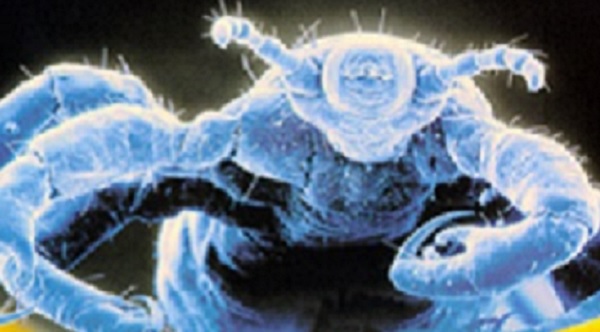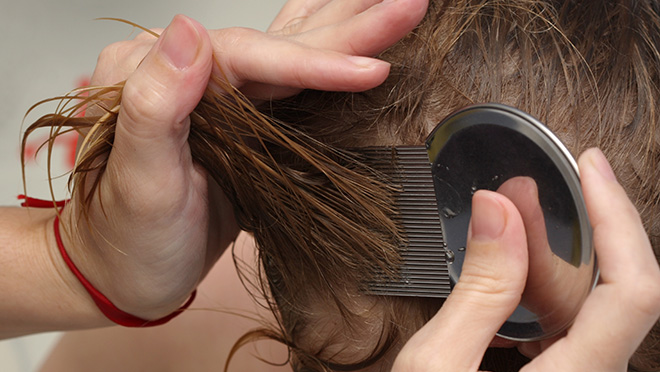Key points
- You can treat lice with either over-the-counter or prescription medications.
- Follow all provided instructions when using lice medication.
- Talk to a healthcare provider if you think re-treatment is necessary.

Treatment overview
Treat head lice if you have an active infestation. Check all household members and other close contacts for head lice. Treat all infested persons (household members and close contacts) and people they share a bed with at the same time. Animals do not get or spread head lice.
You can treat head lice with medications (pediculicides) that are either over-the-counter or by prescription. Some medicines kill lice and eggs; retreatment is usually not required for these. Other medicines kill lice but are not effective at killing eggs and so retreatment is recommended. In addition to medications, you can use extra measures to manage lice, but these are usually not necessary.
Medications are generally safe and effective when used correctly. Some medications may cause itching or a mild burning sensation. Use all medications as directed.
Consult your healthcare provider before treating young children.

Treatment options
If your medication kills both lice and eggs, then retreatment may not be necessary. You should treat again only if there are live (crawling) lice several days after treatment. Treat again after all eggs (nits) have hatched but before new eggs are produced. If your medication kills lice but does not kill eggs, treat again about a week after the first treatment (7 – 9 days depending on the drug).
Directions
- Before applying the medication, remove clothing that can become wet or stained before treatment.
- Use the lice medicine as directed on the box or label. If you have shoulder-length hair or longer, you might need a second bottle. Follow instructions for applying the medication. Pay special attention to how long to leave it on the hair, and how it should be washed out.
- Have the infested person put on clean clothing after treatment.
- If you notice a few lice still moving slowly 8 – 12 hours after treatment, you do not need to reapply the medicine. It takes time to kill all the lice. Use a fine comb to remove any dead or remaining live lice from the hair.
- If, 8 – 12 hours after treatment, you do not find any dead lice, or the lice seem as active as before treatment, the medicine may not be working. Talk to your healthcare provider before re-treating. They may suggest a different medicine.
- Use nit combs to remove nits and lice from the hair shaft. Flea combs made for cats and dogs are also effective.
- After each treatment, check hair and remove nits and lice every 2 – 3 days for the next 2 – 3 weeks. You do not need to remove nits when treating with spinosad topical suspension.
- Follow your medication's instructions for retreatment.
Warning
Do not use a combination shampoo/conditioner, or conditioner, before using lice medicine. Do not re–wash the hair for 1 – 2 days after removing the lice medicine.
Additional measures
Head lice do not survive long if they fall off a person and cannot feed. Follow these steps to help avoid re–infestation by lice that have recently fallen off the hair or crawled onto clothing or furniture:
- Machine wash and dry clothes, beddings, and items used by the infested person in the two days before treatment. Use hot water (130°F) and high heat drying. If you can’t wash or dry clean items, seal them in a plastic bag for two weeks.
- Soak combs and brushes in hot water (at least 130°F) for 5 – 10 minutes.
- Vacuum the floor and furniture, particularly where the infested person sat or lay. However, the risk of getting lice by a louse that has fallen onto a rug or carpet or furniture is very small.
- Do not use fumigant sprays or fogs. They can be toxic if inhaled or absorbed through the skin.
Treatment issues
The following reasons may cause treatment for head lice to fail:
- Misdiagnosis
- Recent application of combination shampoo/conditioner or conditioner to hair
- Not following treatment instructions
- Head lice resisting the medication
- Reinfestation after successful treatment
The CDC does not have scientific evidence that suffocating head lice with mayonnaise, olive oil, margarine, butter, or similar substances is an effective form of treatment.
